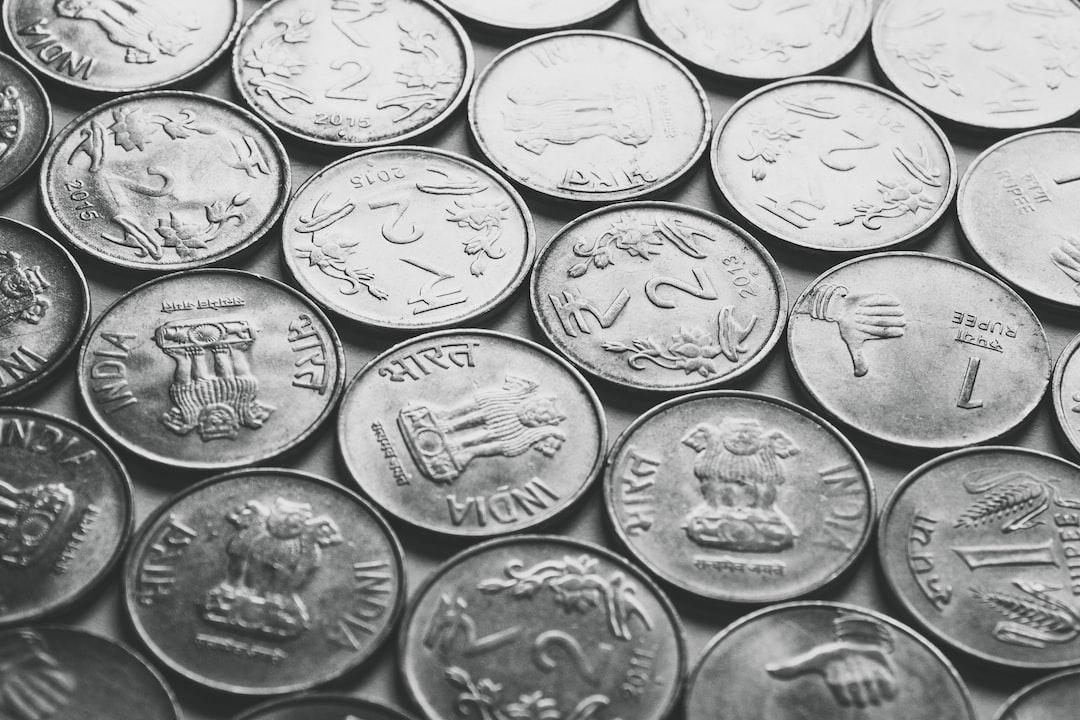Bitcoin (BTC) and other store of value assets will remain in high demand due to the United States government’s overspending and high interest rates, according to Grayscale’s managing director of research, Zach Pandl. He believes that persistent inflation and unsustainable budget deficits will drive the demand for assets like Bitcoin. Pandl also suggests that upcoming events like the Bitcoin halving, economic growth, and increased cryptocurrency adoption will further boost Bitcoin’s price.
The recent increase in inflation has disappointed many, as it hinders the Federal Reserve’s ability to lower interest rates. EY chief economist Greg Daco explains that higher inflation rates put pressure on policymakers to maintain a higher-for-longer monetary policy stance.
Pandl acknowledges that an increase in the real interest rate may have a short-term negative impact on cryptocurrencies. However, he believes that demand for store-of-value assets will continue to grow in the long term.
In the past, major spikes in the 10-year real interest rate have correlated with significant drops in Bitcoin’s price. For example, from December 2017 to January 2018, the 10-year real interest rate increased by 52.35% and Bitcoin’s price fell by 28%.
Following the release of the latest Consumer Price Index (CPI) data, Bitcoin experienced a minor decline in price. However, it has since recovered and is currently valued at $70,640.
Analyst Matthew Hyland has identified an ascending triangle formation on the Bitcoin price chart, with a new resistance level above $71,500. This suggests that Bitcoin’s price may continue to rise.
Overall, despite short-term challenges, Bitcoin and other store of value assets are expected to maintain their appeal due to inflation, budget deficits, and high interest rates.

